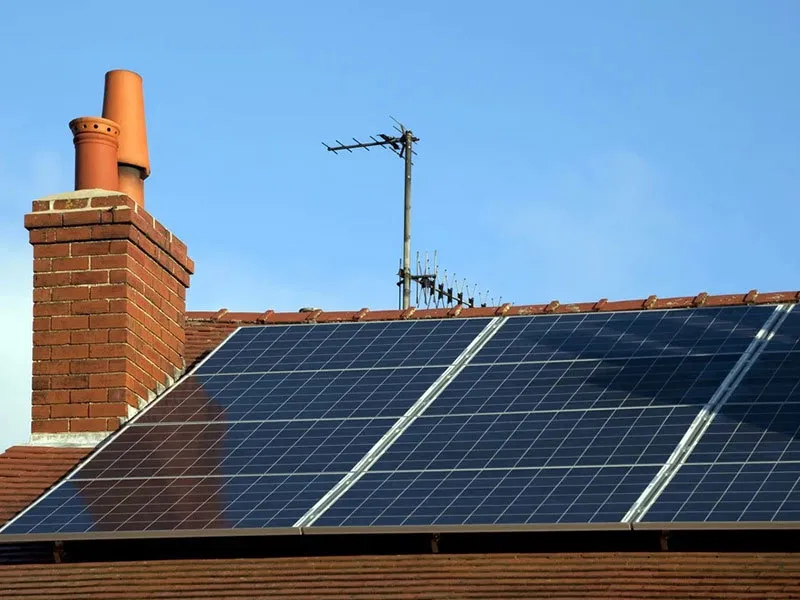10kW Single Phase Solar Inverter for Efficient Energy Generation and Savings
Understanding the 10 kW Single Phase Solar Inverter A Comprehensive Overview
As the world continues to embrace renewable energy solutions, solar power has emerged as one of the most viable and sustainable options for both residential and commercial energy needs. Among the key components of any solar energy system is the solar inverter. This article will focus on the 10 kW single phase solar inverter, exploring its functionality, benefits, key features, and considerations for installation.
What is a Solar Inverter?
A solar inverter is an essential device that converts the direct current (DC) produced by solar panels into alternating current (AC), which is used by most household appliances and fed into the electrical grid. The inverter not only transforms the energy but also plays crucial roles in managing energy production, ensuring system safety, and allowing for monitoring and optimization of energy usage.
What is a 10 kW Single Phase Solar Inverter?
A 10 kW single phase solar inverter is designed to handle solar energy systems that produce up to 10 kilowatts of power. This type of inverter is ideal for residential installations or small commercial applications, typically accommodating homes that require substantial energy, especially those with multiple appliances or electric vehicles.
Benefits of a 10 kW Single Phase Solar Inverter
1. Adequate Power Supply A 10 kW inverter provides enough power to support the energy needs of a medium to large household. It can efficiently power multiple devices simultaneously, including HVAC systems, refrigerators, and water heaters.
2. Cost-Effectiveness Investing in a 10 kW single phase inverter allows homeowners to maximize their solar energy usage. By generating enough power to cover daytime consumption, users can significantly reduce their reliance on grid electricity, leading to lower energy bills.
3. Simplicity of Installation A single phase inverter is generally simpler to install compared to three-phase systems. This can result in lower installation costs and faster payback periods for homeowners.
4. Space Efficiency With a compact design, a 10 kW single phase inverter takes up less space. This aspect is especially beneficial for installations where space is limited, allowing for easy integration into garage, basement, or utility areas.
10kw single phase solar inverter

5. Enhanced Performance Monitoring Modern inverters often come equipped with smart technology that allows users to monitor their solar energy production and consumption via mobile apps or web interfaces. This feature can help users identify usage patterns and optimize energy savings.
Key Features to Consider
When choosing a 10 kW single phase solar inverter, here are some critical features to consider
- Efficiency Ratings Look for inverters with high efficiency (typically above 95%). High efficiency means more of your solar power will be converted into usable energy.
- Durability and Warranty Consider inverters with robust construction that can withstand environmental conditions. A good warranty (typically between 5 to 10 years) is also an indicator of the manufacturer's confidence in their product.
- Safety Features Ensure that the inverter includes comprehensive safety features such as overvoltage protection, short circuit protection, and islanding protection to keep your system safe.
- Grid Compliance The inverter should meet local grid compliance regulations to ensure it can be effectively integrated with the utility grid without issues.
Installation Considerations
While a 10 kW single phase solar inverter can offer numerous benefits, proper installation is critical for optimal performance. It is recommended to work with certified solar installers who can assess your unique energy needs, provide insight on system design, and ensure compliance with local regulations. Additionally, they can assist in troubleshooting and maintenance, giving homeowners peace of mind.
Conclusion
A 10 kW single phase solar inverter is a pivotal component of any solar energy system, particularly for those looking to maximize their renewable energy potential. By understanding its functions, benefits, and features, homeowners can make informed decisions that lead to energy efficiency, cost savings, and a smaller carbon footprint. As solar technology continues to advance, investing in such systems is not just an environmentally friendly choice but also a financially savvy one. With the right inverter in place, transitioning to solar energy becomes not only feasible but also advantageous for both current and future generations.
-
String Solar Inverter: The High-Efficiency Solution for Smart Solar EnergyNewsJul.14,2025
-
Revolutionizing Rooftop Energy with the Power of the Micro Solar InverterNewsJul.14,2025
-
Power Independence with Smart Off Grid Solar Inverter SolutionsNewsJul.14,2025
-
On Grid Solar Inverter: Powering the Future with Smart Grid IntegrationNewsJul.14,2025
-
Monocrystalline Solar Panels: High-Efficiency Power for the Future of Clean EnergyNewsJul.14,2025
-
Bifacial Solar Panel: A Smarter Investment for Next-Generation Energy SystemsNewsJul.14,2025







